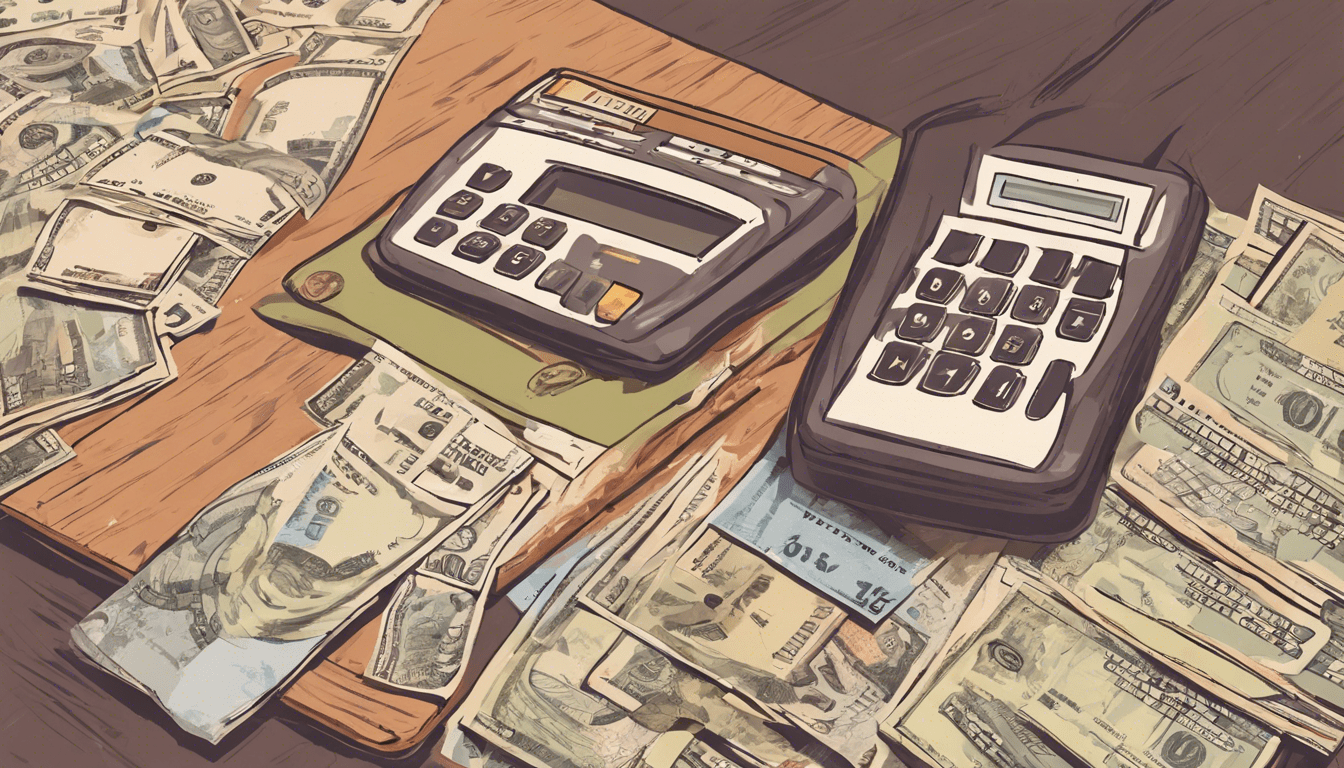Microeconomics: A Comprehensive Guide
Introduction to Microeconomics
Microeconomics is the department of economics that focuses on the behaviors and selections of particular person brokers, corresponding to shoppers and companies, inside an economic system. It examines how these entities work together in markets, the allocation of scarce sources and the pricing mechanisms that come up from provide and demand. Understanding microeconomics is essential for greedy the broader financial panorama and making knowledgeable selections in each enterprise and private finance.
Microeconomics: A Comprehensive GuideThe Importance of Microeconomics
Microeconomics is foundational for a number of causes:
- Decision-Making: It helps individuals and organizations make informed decisions based mostly on the evaluation of prices and advantages.
- Resource Allocation: Microeconomics explains how sources are allotted effectively in numerous market circumstances.
- Market Structures: It gives insights into totally different market buildings, together with excellent competitors, monopoly and oligopoly, which affect pricing and output ranges.
- Public Policy: Understanding microeconomic rules aids policymakers in designing efficient financial insurance policies that may enhance market outcomes and handle points like inequality.
Key Concepts in Microeconomics
1. Supply and Demand
The ideas of provide and demand are central to microeconomics.
- Demand refers to how a lot of a superb or service shoppers are keen to buy at numerous costs.
- Supply displays how a lot of a superb or service producers are keen to promote at totally different costs.
The interplay between provide and demand determines the market value and amount of products bought. For instance, a rise in demand for electrical automobiles could result in larger costs and better manufacturing as producers reply to shopper preferences.
2. Elasticity
Elasticity measures how delicate the amount demanded or equipped is to modifications in value. There are two important sorts:
- Price Elasticity of Demand: Indicates how a lot the amount demanded modifications in response to a value change. For occasion, luxurious items sometimes have a excessive elasticity, which means a small value enhance can result in a big drop in amount demanded.
- Price Elasticity of Supply: Measures how the quantity supplied changes in response to a value change. Products with available substitutes are likely to have extra elastic provide curves.
3. Market Equilibrium
Market equilibrium happens when the amount demanded equals the amount equipped at a specific value. This steadiness ensures that sources are allotted efficiently and there’s no surplus or scarcity out there.
4. Consumer and Producer Surplus
- Consumer surplus is the distinction between what shoppers are keen to pay for a superb or service versus what they really pay. It displays the profit to shoppers from buying at a cheaper price.
- Producer surplus is the distinction between the precise value producers obtain for a superb or service and the minimal value they’re keen to just accept. This represents the profit to producers from promoting at the next market value.
5. Market Structures
Microeconomics examines numerous market buildings that outline how corporations work together and compete:
- Perfect Competition: Many corporations promote similar merchandise, resulting in price-taking habits the place no single agency can influence the market price.
- Monopoly: A single agency dominates the market, permitting it to set costs above aggressive ranges, resulting in potential inefficiencies.
- Oligopoly: A few corporations management a good portion of the market, resulting in interdependent decision-making the place corporations should contemplate the actions of opponents.
6. Externalities
An externality happens when a 3rd social gathering is affected by the financial actions of others, both positively or negatively.
- Positive Externalities: Benefits that have an effect on third events, corresponding to education or vaccination applications.
- Negative Externalities: Costs imposed on third events, corresponding to air pollution from factories. Addressing externalities typically requires authorities intervention or regulation.
Practical Applications of Microeconomics
Business Strategy
Microeconomic rules inform enterprise methods by analyzing shopper habits, market trends and aggressive dynamics. Businesses can optimize pricing, product growth and advertising and marketing efforts by understanding their microeconomic surroundings.
Personal Finance
For people, microeconomics aids in making knowledgeable monetary selections. Understanding ideas like budgeting, alternative price and market prices helps consumers maximize their utility and handle their sources successfully.
Public Policy Formulation
Policymakers make the most of microeconomic evaluation to design interventions that enhance market effectivity, handle market failures and promote social welfare. For instance, taxation insurance policies will be structured to reduce unfavorable externalities and encourage optimistic behavior.
Conclusion
Microeconomics performs a significant function in understanding the intricacies of particular person and enterprise habits within the economic system. By exploring the elemental ideas of provide and demand, market buildings and externalities, people and organizations could make knowledgeable selections that drive higher financial outcomes. Whether for personal finance, enterprise technique or public coverage, the rules of microeconomics are important for navigating the complexities of the financial panorama.
Here are some respected exterior: These hyperlinks present priceless sources and extra studying on numerous microeconomic ideas:
- Supply and Demand Basics:
- Khan Academy: Supply and Demand – An instructional useful resource explaining the basics of provide and demand with interactive examples.
- Understanding Elasticity:
- Investopedia: Price Elasticity of Demand – An in-depth article discussing the idea of value elasticity, the way it’s measured and its significance in microeconomics.
- Market Structures:
- The Balance: Types of Market Structures – A detailed overview of various market buildings, together with excellent competitors, monopoly and oligopoly.
- Consumer and Producer Surplus:
- Investopedia: Consumer Surplus – A complete clarification of shopper surplus, together with examples and its implications in financial concept.
- Externalities:
- Harvard University: Externalities – A scholarly article discussing the character of externalities, their sorts and their results on financial effectivity.
- Public Policy and Microeconomics:
- Brookings Institution: The Role of Microeconomics in Policy – An insightful article exploring how microeconomic evaluation influences public coverage selections.
- Microeconomics and Business Strategy:
- Forbes: Microeconomics in Business – An article discussing the importance of microeconomic rules in creating efficient enterprise methods.
Originally posted 2024-10-08 13:02:33.
